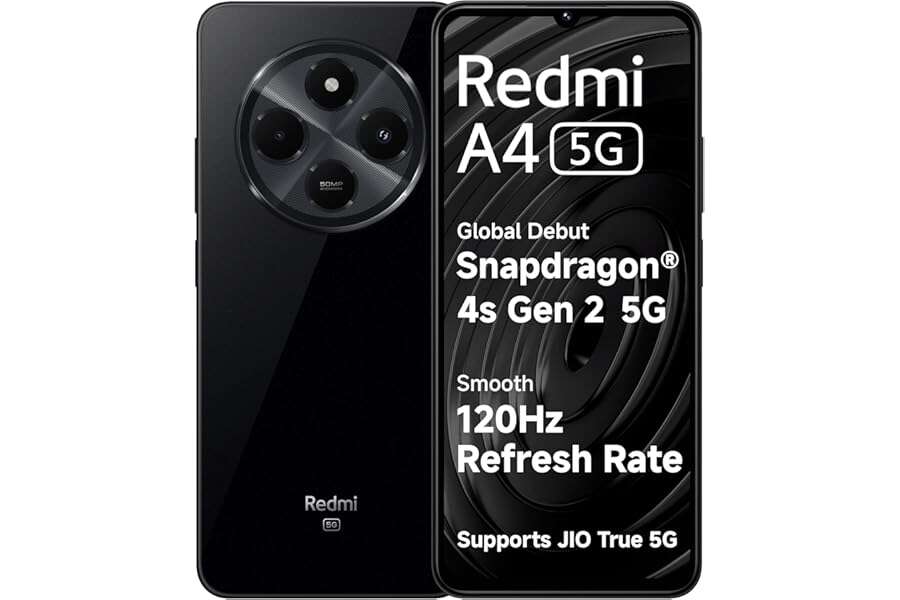How Wearable Tech is Helping Athletes Track and Improve Performance
Wearable technology is now changing sports performance in ways that have never been seen before. Current athletes get information on their body capacity and the rates at which their bodies heal from injuries. These elements of intelligent technology, such as a heart rate monitor and GPS tracker, enable athletes to make accurate decisions. Integrating technology into training, wearables open doors that allow performance to soar to unimaginable heights.
Real-Time Performance Tracking
Wearable devices track other essential attributes such as speed, pulse rate, and the number of calories used during an exercise. Incorporating such data-driven approaches has also become valuable in fields like online cricket betting, where precision and strategy matter. This enables an athlete to regulate output during the activity, thus optimizing production and avoiding fatigue.
Some gadgets, such as GPS-enabled smartwatches, provide the necessary details of distance and speed accuracy and assist runners, cyclists, and other sporting personalities in steady improvement. Coaches also use this data to adjust strategy; everything done has a purpose. Performance analysis in this manner is revolutionizing competitive sports globally.
Injury Prevention and Recovery
Wearables increase performance and act as safety measures for athletes. Tracking physical stress helps avoid overtiring and enhances quick recovery.
Key tools include:
-
Bright compression sleeves: These monitor muscle fatigue promptly.
-
Motion sensors: They notice improper techniques to avoid stress.
-
Heart rate monitors: Define recovery areas where a person can go after training.
It offers real-time information that helps athletes train better, recover faster, and produce their best. Platforms like Melbet PK also recognize the importance of performance data in making strategic decisions across various sports. This allows one to extend the possibility of achieving records without harming the athlete, who might suffer injuries that hinder them from ever practicing their sport again.
Advanced-Data Analytics for Training
Wearable tech gathers a great deal of performance information. This aids in determining tailored training for specific clients involving athletes and trainers. Performers seek to optimize speed, so devices strive to create performance profiles, including energy output. The insights are revolutionary here, converting mere statistics into valuable strategies.
It doesn't just work to improve efficiency; here, it reshapes capability. Thus, athletes use patterns and weaknesses to enhance an aspect with great precision. It is the same with a sprinter reducing their time or a football team improving their play; the data is advancement in measure.
Monitoring Biomechanics
Biomechanical devices monitor how the athlete moves during activity. They track joint angles, stride lengths, and the kinetics and kinematics of acceleration. This precision is instrumental in 'tuning' athletes' techniques. For example, a runner can solve a problem in their running gait and improve their speed and stamina.
These are essential devices to avoid cases of injuries. Mechanical faults usually cause repetitive strain injury, and wearables alert risks when they are still developing. Athletes stand, sit, move, and exercise in ways that allow coaches to monitor the data and adjust their posture or form for effectiveness and safety. With this technology, we make every move to be conscious and thus reduce the stress on our bodies.
Sleep and Recovery Analysis
Sleep is essential to any training; wearables turn it into a trackable event. Sleep tracking applications track deeper sleep stages, the fluctuation in the heartbeat rate, and oxygen saturation. This data enables coaches to fine-tune what exercises are most effective for recovery.
Realizing rest patterns can minimize the cases of overtraining among athletes. Sleep data can complement training data when training insights are added to sleep data to provide a full circle. For instance, seeking better sleep enhances players' reactions to game decision-making processes. They ensure recovery is as efficient as training, if not more.
Enhancing Team Strategies
Wearable technology is revolutionizing the game by providing players with comprehensive information. Coaches can now monitor technical movement, energy expenditure, and even their players' positioning during a game. This helps them make better decisions whenever a match is on. Supplements made according to the real-time responses, such as changing players since they may get tired during the games, benefit the performers and the team.
It also enhances synergy because data is integrated across the entire team. Based on the player interactions captured on the field, wearables can show how formations can be improved. For instance, GPS metrics track the players' positions and determine where they have too much or no contact. Such knowledge refines precise strategies to keep a team on the cutting edge of rivals. Apparel joins a pile of raw materials to create a smooth performance.
Environmental Adaptation Tools
Wearables must adjust and monitor the needed hydration levels, temperature, and oxygen. Equipment such as altitude-measuring gadgets helps make training more effective even under some conditions. It enables athletes to endure and perform well in the arenas where they find themselves.



